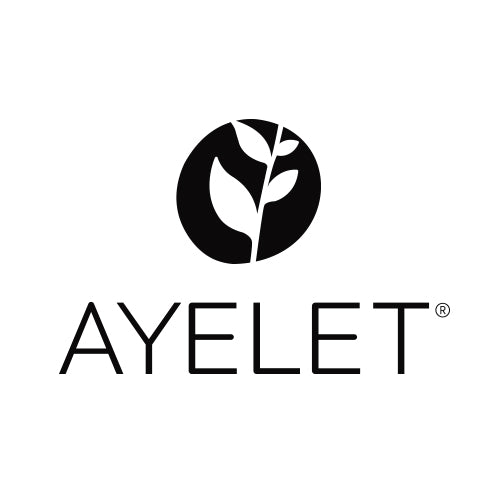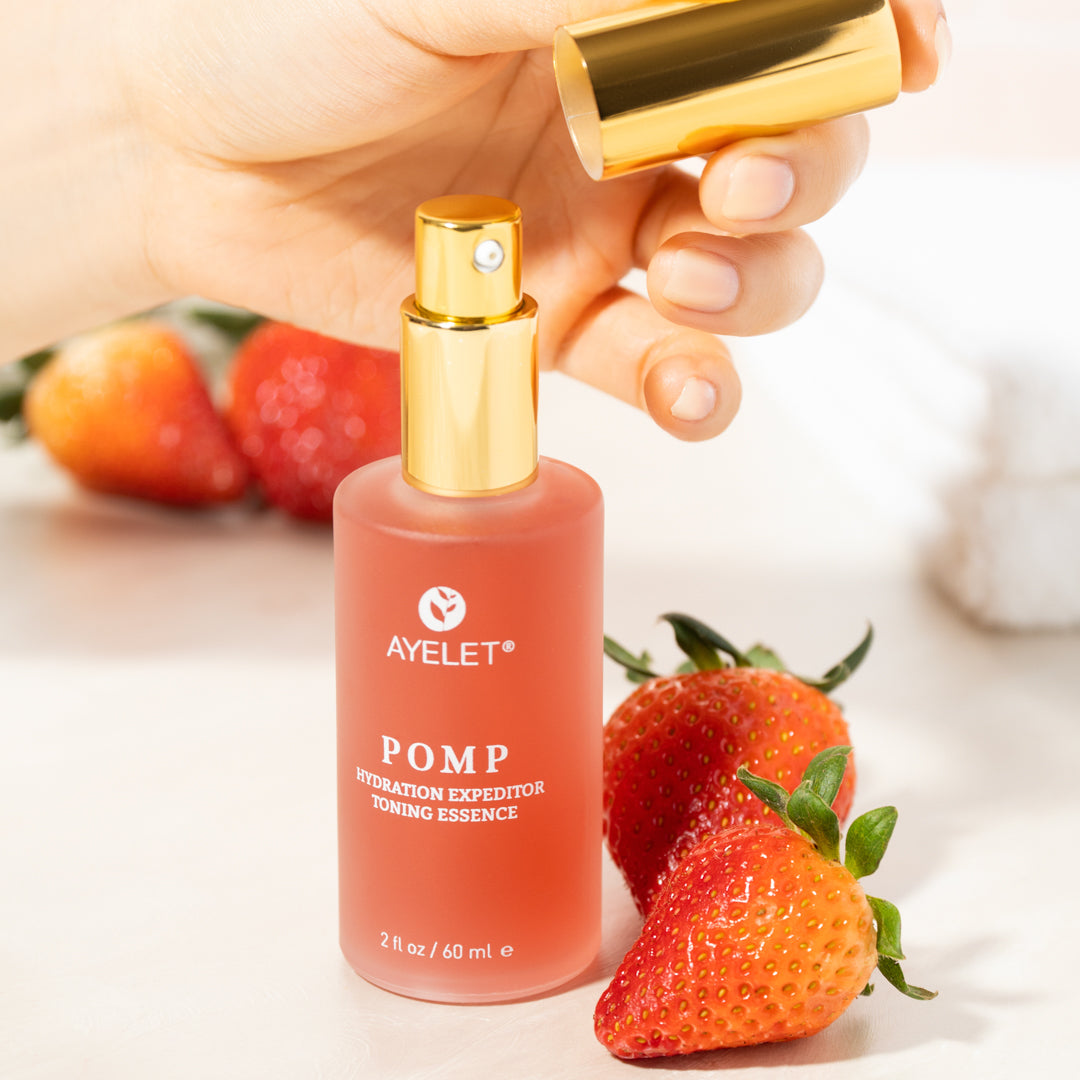
Arnica, a plant with the botanical name of Arnica Montana, is part of the Compositae plant family. It is also commonly called Wolf’s Bane, Leopard’s Bane, Mountain Tobacco, Common Arnica, and Arnica Flower, similar to Daisy in appearance
The soothing qualities of Arnica have been well-documented historically both in Europe and in North America. European herbalists concocted healing remedies with their arnica, since the 1500s, while American Indians made healing ointments and tinctures with our native species.
A 1981 German study found two substances in this herb, helenalin, and dihydrohelenalin, which produce anti-inflammatory effects.
Arnica’s Skin Care Benefits
The herb is primarily for external use. Arnica Montana flowers contain sesquiterpene lactones, phenol carbonic acid, flavonoids, coumarins, and volatile oil.
Helenalin, a sesquiterpene lactone, is the main restorative compound in Arnica Montana, along with flavonoids, to help soothe and renew the skin after exposure to stress.
Arnica’s antibacterial and anti-inflammatory properties can help those with inflammatory disorders it helps clear out blemishes, clogged pores, whiteheads, blackheads, and balance combination skin. it helps reduce Eczema, and Psoriasis outbreaks. It also stimulates the forming of the granular tissues and accelerating the recovery process. Because of its healing properties, it can be used on bruises, sunburn, minor burns, as well as superficial phlebitis.


